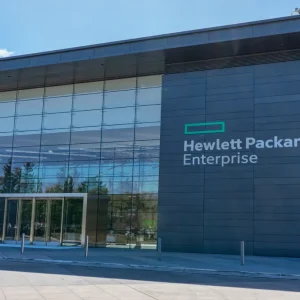
UK Chancellor Philip Hammond will use the Autumn Statement to pledge new funding for fibre broadband and 5G technologies.
The £400 million investment in fibre, called the Digital Infrastructure Investment Fund, will be given to broadband providers to expand their networks, according to the BBC.
Read about potential investment strategies for UK broadband here.
Britain’s fibre future: Will the UK get the high-speed broadband it needs?
The aim is for the money to be matched by private investors.
£740 million will also be committed to developing 5G and on rolling out fibre-to-the-home (FTTH) connections.
The investment signals a new direction for the UK Government, which has until now been focused on extending the footprint of existing superfast and ultrafast broadband technologies. There is a universal service obligation (USO) for access to broadband, in which all UK citizens will have the legal right to request a 10 Mbps connection by the end of the current parliament.
Can these 4 fibre alternatives provide 300 Mbps ultrafast connectivity?
These technologies could deliver speeds of 1Gbps or more, compared to the current UK average of 29.8 Mbps.
Currently FTTH broadband, where the entire connection to the core network is carried on fibre technology, is only available to 2 percent of UK premises. At the end of 2015 the UK ranked 30th out of OECD nations on fibre coverage to premises.
Digital Minister Matt Hancock recently backed FTTH as a long-term solution for the UK. Read more about his Broadband World Forum speech here.
UK digital minister: We need full fibre to build a digital nation
The Independent Networks Co-operative Association (INCA), which is a group of UK ‘altnets’ (alternative network providers to BT), welcomed the announcement.
“The Altnets are the entrepreneurial companies and communities building new, future-proofed, pure fibre and wireless networks,” said Malcolm Corbett, CEO of INCA.
 “They are doing a fantastic job and the Chancellor’s support signals that Government is serious about creating a more competitive environment for new digital infrastructure.”
“They are doing a fantastic job and the Chancellor’s support signals that Government is serious about creating a more competitive environment for new digital infrastructure.”
 The 5G investment is a more speculative one, since the standards for 5G have not yet been agreed by the industry. However, it will be a cellular technology that should deliver faster speeds and lower latency.
The 5G investment is a more speculative one, since the standards for 5G have not yet been agreed by the industry. However, it will be a cellular technology that should deliver faster speeds and lower latency.
The investment is timely; research by ViaSat surveying 2,012 UK consumers about the Government’s approach to broadband was released 22 November found that 72 percent don’t believe the Government is doing enough to meet future broadband needs.






